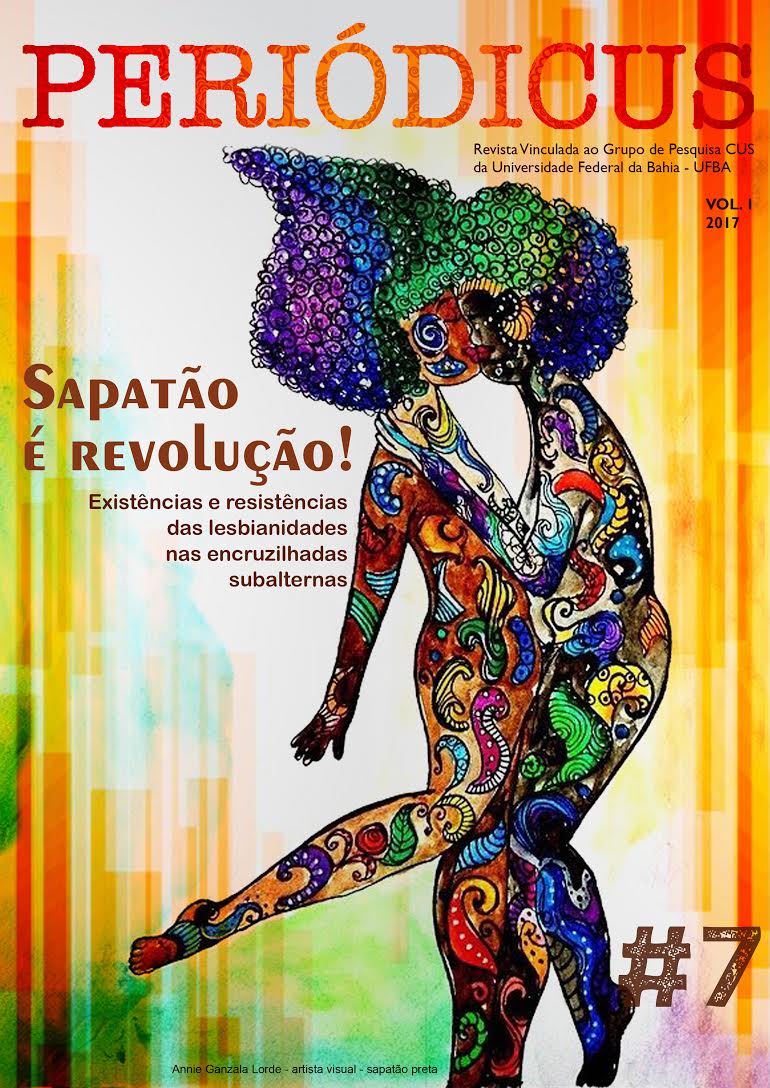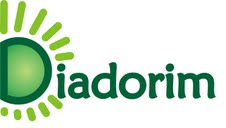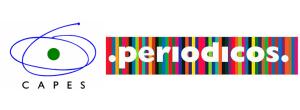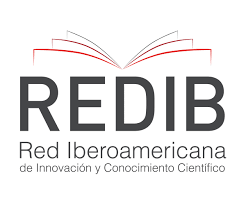A rede digital como catalisadora de espaços informativos em torno das marcas da diferença: uma análise da página Cartazes e Tirinhas LGBT
DOI:
https://doi.org/10.9771/peri.v1i7.21529Abstract
O artigo busca entender como a página Cartazes e Tirinhas LGBT aciona e espalha saberes relacionados a questões de gênero e sexualidade e o que isso sinaliza em relação ao jornalismo. Parto de um tensionamento dos conceitos de convergência e de espalhamento, a partir das dinâmicas das redes digitais para, então, entender resumidamente o cenário jornalístico em torno das questões de gênero, raça e sexualidade, nomeadas como marcas das diferenças, e como os coletivos midiáticos podem sinalizar novas possibilidades comunicacionais para essas temáticas. A partir da pesquisa insider, do olhar exploratório e da construção de uma amostra qualitativa intencional, concluo que há um cenário de transformação política e jornalística acionado pela ação de espaços como a página Cartazes e Tirinhas LGBT.
Downloads
Downloads
Published
How to Cite
Issue
Section
License
Copyright (c) 2017 Revista Periódicus

This work is licensed under a Creative Commons Attribution-NonCommercial 4.0 International License.
Authors who publish in this journal agree to the following terms:
Authors retain copyright and grant the journal the right of first publication, with the work simultaneously licensed under a Creative Commons Attribution Noncommercial License that allows the work to be shared with acknowledgment of authorship and initial publication in this journal, but prohibits commercial use.
Authors are authorized to enter into separate additional contracts for non-exclusive distribution of the version of the work published in this journal (e.g., publishing in an institutional repository or as a book chapter), with acknowledgment of authorship and initial publication in this journal.
Authors are permitted and encouraged to publish and distribute their work online (e.g., in institutional repositories or on their personal website) at any point before or during the editorial process, as this can generate productive changes and increase the impact and citation of the published work (see The Effect of Open Access).








